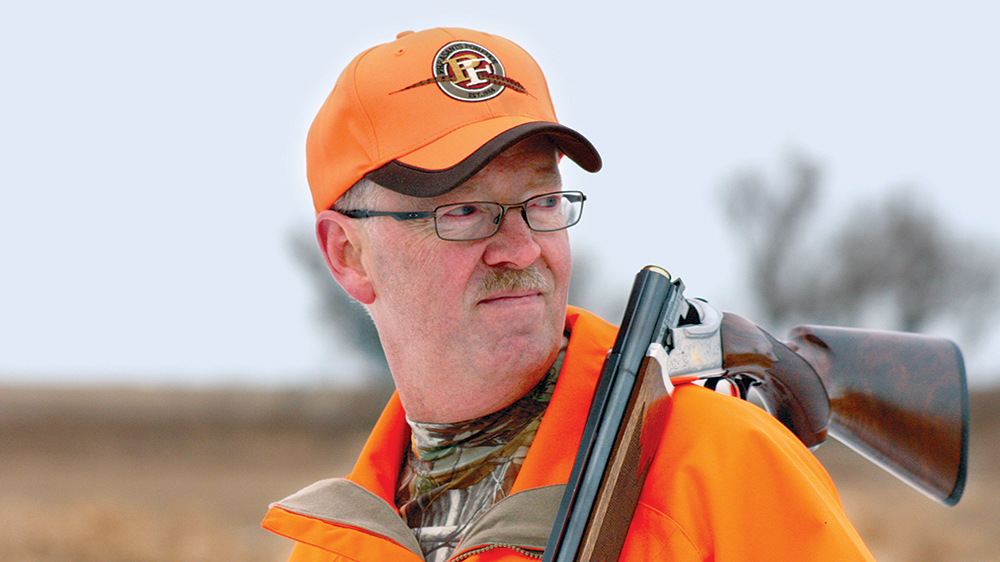Q + A with Writer Dave Nomsen


Dave is a professional wildlife biologist with an M.S. from South Dakota State University. There he conducted research on bobcats and then worked on prairie wetlands projects attached to the South Dakota Cooperative Wildlife Research Unit. Dave has 33 years of experience working with national nonprofit organizations, including the National Wildlife Federation and Pheasants Forever. Dave and his wife Melanie live in Garfield, Minnesota, with their dogs, Belle and Guiness.
Q: Where do you call home?
A: We live in Garfield, a small town in West Central Minnesota with roots going back to Iowa.
Q: Who are your main influences in the world of conservation?
A: First, my father, R.C. Nomsen, was the Iowa state pheasant biologist after WW2 until the mid-1970s. Also, my major advisor Dr. Ray Linder provided guidance, encouraging me to work in the private sector by becoming a charter member of the Brookings Wildlife Conservationists. Lastly, I have fond memories of hard-charging and tough-talking Jim Range who showed me how to survive in Washington, D.C.
Q: What motivated you every day to work in conservation?
A: It was the incredible passion of the Pheasants Forever and Quail Forever volunteer members. This provided a tremendous motivation to continue year after year.
Q: What was most memorable for you in writing the conservation story for Covey Rise?
A: Thinking about the tremendous team of conservation professionals working every day and that much more is yet to be done to make conservation relevant for all.
Q: What is the biggest issue in the conservation world these days?
A: Climate change. It’s all about carbon.
Q: What was your main goal in your conservation work in D.C.?
A: To make a difference in elevating conservation programs as an integral part of the agricultural landscape.
Q: How do we better advance R3 initiatives?
A: That’s a tough one, but I’m hopeful that outreach about the relevance of conservation to all people will lead to new generations of hunters and anglers.
Q: What would you tell a new hunter in two sentences?
A: Give back by joining and supporting as many organizations as you can. Get a dog.
Q: What is your favorite upland bird to hunt and why?
A: Seriously? If you’re chasing wild ringnecks or quail, you’re hunting in a landscape that is in much better shape than one devoid of birds and the habitats that support them. Birds are great indicators of healthy landscapes.
Q: What do you like in a hunting dog?
A: There’s nothing better than being afield with a faithful companion by your side. A tail-thumping friend that bars the door when you gear up so she isn’t left behind.
“Conservation’s Future” written by Dave Nomsen was originally published in Volume 9, Number 4 (June-July 2021) of Covey Rise.
WANT TO BE THE FIRST TO GET CONTENT LIKE THIS?
























